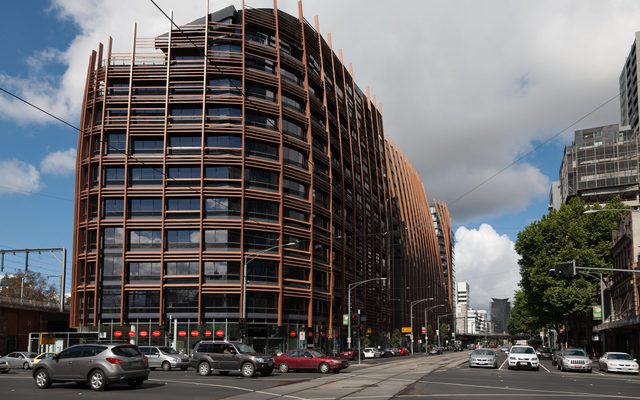This article is from the Australian Property Journal archive
CORPORATE tenants are increasingly seeking better digital connectivity in their office space and time is ticking for landlords who are not keeping with the pace of digitisation, according to JLL.
JLL’s new report Tenant Trends September 2019, reveals tenants also want better amenities including communal space activation.
Showers/end-of-trip facilities, yoga/meditation spaces, concierges and dry cleaning are becoming the norm in many premium office buildings. But in cities where tenants can pick and choose, landlords have to work harder to retain good tenants.
Increasingly, the priority for landlords is digital connectivity, with 34% of real estate leaders surveyed by JLL saying technology would be their biggest increase in investment or budget allocation in the next 12 months.
JLL’s director – tenant representation Victoria Kate Pilgrim said it takes more than a ping-pong table to impress tenants these days.
“Landlords are having to think more broadly about what amenities are perceived as enablers of a more efficient and happier workforce.
“We’re seeing building owners who want to compete for high-quality tenants responding with the next generation of tech-based initiatives. The demand for data from consumers, cloud-based services and smart-building Internet of Things devices is increasing exponentially. I don’t really see this slowing down,” she added.
Australia’s corporate real estate digitisation trend is not unique. More than 6 million people across Europe, the U.S. and Canada now work in buildings certified by WiredScore, a rating scheme that verifies landlords’ investment in technology. About 85% of decision-makers believe that if they don’t digitally transform within the next 24 months, they’ll fall behind the competition, according to a report from Progress Software.
Pilgrim said the challenge is integrating this new tech into office design.
“Where we’re moving is toward facial recognition entry that will let employees walk in without fumbling passes. Visitors will be texted a QR code for entry. Everyone will be able to control air conditioning from their desks.
“As landlords seek to retain tenants we’re seeing increased investment in base building amenities, such as tenant lounges, centralised meeting rooms and conference spaces, providing tenants with flexible options outside their immediate floor space,” Pilgrim said.
Meanwhile JLL found Perth, Adelaide and Brisbane are currently the cities which are tenant favourable. Perth CBD’s office vacancy rate was 20.4% in 2Q19, well above the 10-year average of 14%. Brisbane tenants enjoyed plentiful incentives, while Adelaide’s 14% vacancy rate prompted businesses to ask for shorter leases for smaller spaces.
Whereas availability remained tight in Melbourne’s CBD, with 3.8% vacancy in 2Q19, and for Sydney (4.1%). This will ensure these markets continue to be landlord friendly.
Adelaide vacancy is currently sitting at 14% with 9,000 sqm was absorbed in 2018/19. Prime gross effective rents rose by 5.4% over the 2018/19 financial year.
Queensland head of tenant representation Dirk Van Velden said the Brisbane CBD still in tenants’ favour with vacancy at 11%, with prime vacancy at 7%. New tenancies absorbed 34,200 sqm in 2018/19, including 9,300 sqm in 2Q19.
“New developments Mid-Town and 300 George St will increase the prime-grade stock,” he said.
In Canberra the vacancy sits at 11% and remains just below the 10-year average of 12%. Space is tight among A-grade stock (6.5% vacancy). Tenants are increasingly asking for end-of-trip facilities in a city where commuter cycling is popular.
In Perth, WA head of tenant representation, Andrew Campbell said the concentration of vacancy sits in secondary stock and is above 20% in 2Q19.
“The education sector continues to expand into the CBD, including Curtin University’s new premises at 137 St Georges Terrace. UWA, Murdoch and ECU have all expressed interest in establishing CBD campuses over the next 12 months,”
Meanwhile Melbourne remains Australia’s tightest rental market, where vacancy was 3.8% in 2Q19. Absorption was 93,700 sqm. JLL also found education providers accounted for approximately 10% of CBD take-up during the past five years. Monash University expanded its CBD footprint and TMG College Australia opened a third campus.
In Sydney many of the medium to large corporates located in the Sydney market are multi-national by nature and rely on offshore approval if they want to relocate. The CBD vacancy rate was 4.1% in 2Q19, well below the 25-year average of 8.3%.
“With limited new stock coming on line until 2024, and existing stock being tight, Sydney CBD tenants face a stay or move dilemma,” Pilgrim concluded.




